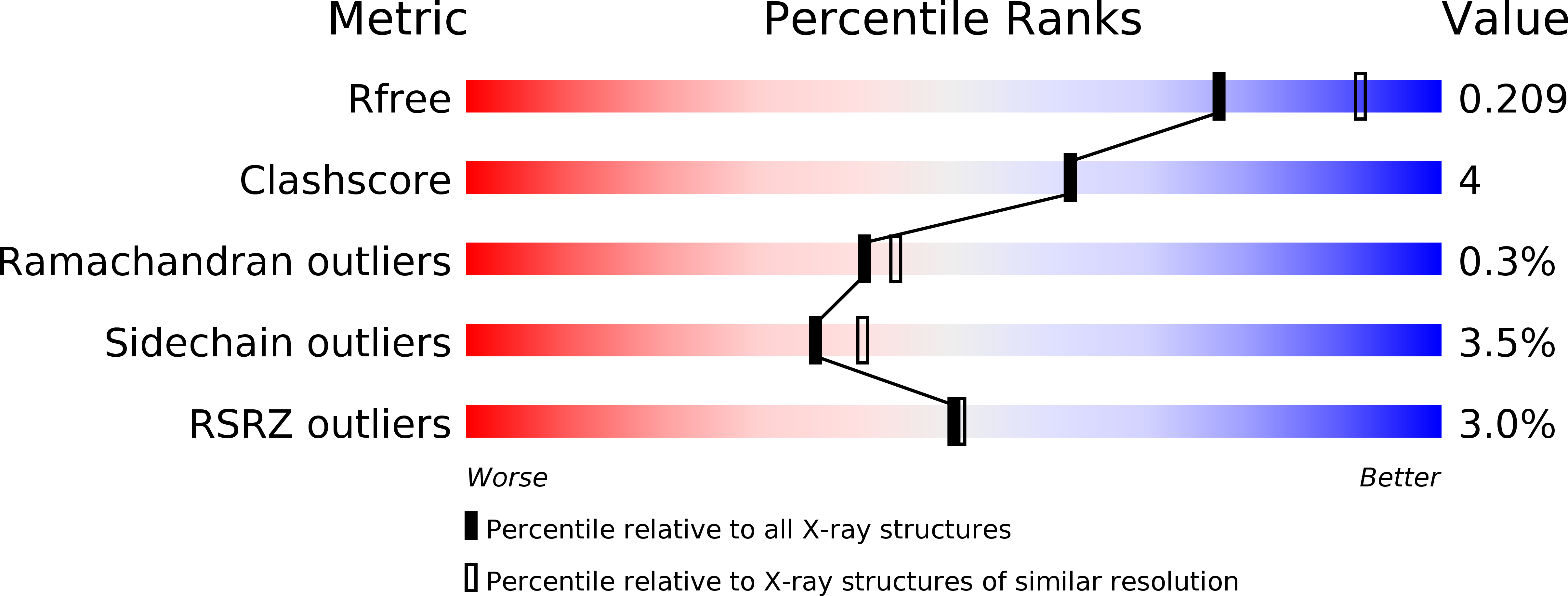
Deposition Date
2014-03-20
Release Date
2014-05-28
Last Version Date
2024-11-06
Entry Detail
PDB ID:
4CUL
Keywords:
Title:
Structure of bovine endothelial nitric oxide synthase heme domain in complex with 6-acetyl-2-amino-7,7-dimethyl-7,8-dihydropteridin-4(3H)-one
Biological Source:
Source Organism:
BOS TAURUS (Taxon ID: 9913)
Host Organism:
Method Details:
Experimental Method:
Resolution:
2.23 Å
R-Value Free:
0.20
R-Value Work:
0.16
R-Value Observed:
0.16
Space Group:
P 21 21 21


